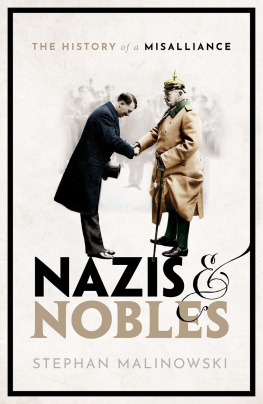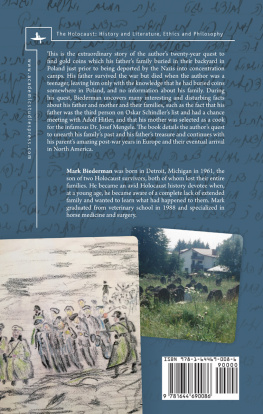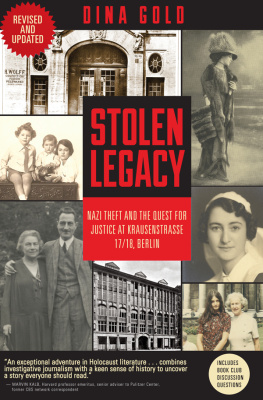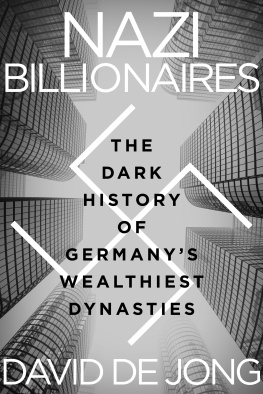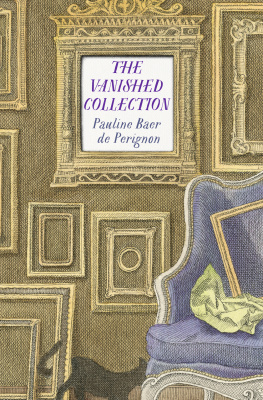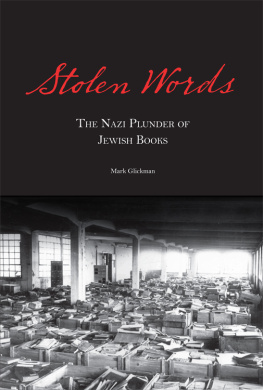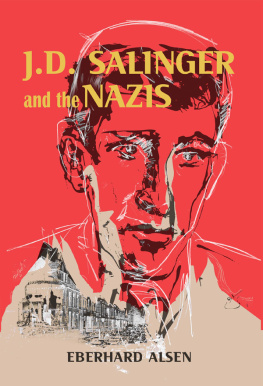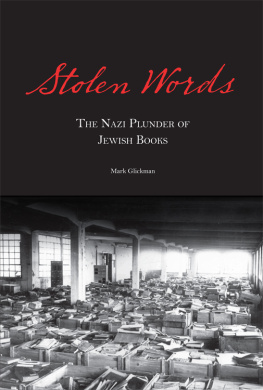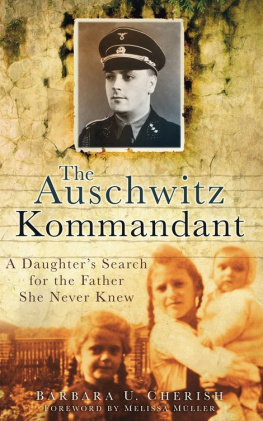Goodman Simon - The Orpheus Clock : the search for my familys art treasures stolen by the Nazis
Here you can read online Goodman Simon - The Orpheus Clock : the search for my familys art treasures stolen by the Nazis full text of the book (entire story) in english for free. Download pdf and epub, get meaning, cover and reviews about this ebook. City: New York u.a, year: 2015, publisher: Scribner, genre: Non-fiction. Description of the work, (preface) as well as reviews are available. Best literature library LitArk.com created for fans of good reading and offers a wide selection of genres:
Romance novel
Science fiction
Adventure
Detective
Science
History
Home and family
Prose
Art
Politics
Computer
Non-fiction
Religion
Business
Children
Humor
Choose a favorite category and find really read worthwhile books. Enjoy immersion in the world of imagination, feel the emotions of the characters or learn something new for yourself, make an fascinating discovery.

- Book:The Orpheus Clock : the search for my familys art treasures stolen by the Nazis
- Author:
- Publisher:Scribner
- Genre:
- Year:2015
- City:New York u.a
- Rating:4 / 5
- Favourites:Add to favourites
- Your mark:
The Orpheus Clock : the search for my familys art treasures stolen by the Nazis: summary, description and annotation
We offer to read an annotation, description, summary or preface (depends on what the author of the book "The Orpheus Clock : the search for my familys art treasures stolen by the Nazis" wrote himself). If you haven't found the necessary information about the book — write in the comments, we will try to find it.
Simon Goodmans grandparents came from German-Jewish banking dynasties and perished in concentration camps. And thats almost all he knew about themhis father rarely spoke of their family history or heritage. But when he passed away, and Simon received his fathers old papers, a story began to emerge.
The Gutmanns, as they were known then, rose from a small Bohemian hamlet to become one of Germanys most powerful banking families. They also amassed a magnificent, world-class art collection that included works by Degas, Renoir, Botticelli, Guardi, and many, many others. But the Nazi regime snatched from them everything they had worked to build: their remarkable art, their immense wealth, their prominent social standing, and their very lives.
Simon grew up in London with little knowledge of his fathers efforts to recover their familys prized possessions. It was only after his fathers death that Simon began to piece together the clues about the Gutmanns stolen legacy and the Nazi looting machine. He learned much of the collection had gone to Hitler and Hermann Goering; other works had been smuggled through Switzerland, sold and resold to collectors and dealers, with many works now in famous museums. More still had been recovered by Allied forces only to be stolen again by heartless bureaucratsEuropean governments quietly absorbed thousands of works of art into their own collections. Through painstaking detective work across two continents, Simon has been able to prove that many works belonged to his family, and successfully secure their return.
With the help of his family, Simon initiated the first Nazi looting case to be settled in the United States. They also brought about the first major restitution in The Netherlands since the post-war era.
Goodmans dramatic story, told with great heart, reveals a rich family history almost obliterated by the Nazis. It is not only the account of a twenty-year long detective hunt for family treasure, but an unforgettable tale of redemption and restoration
Goodman Simon: author's other books
Who wrote The Orpheus Clock : the search for my familys art treasures stolen by the Nazis? Find out the surname, the name of the author of the book and a list of all author's works by series.

